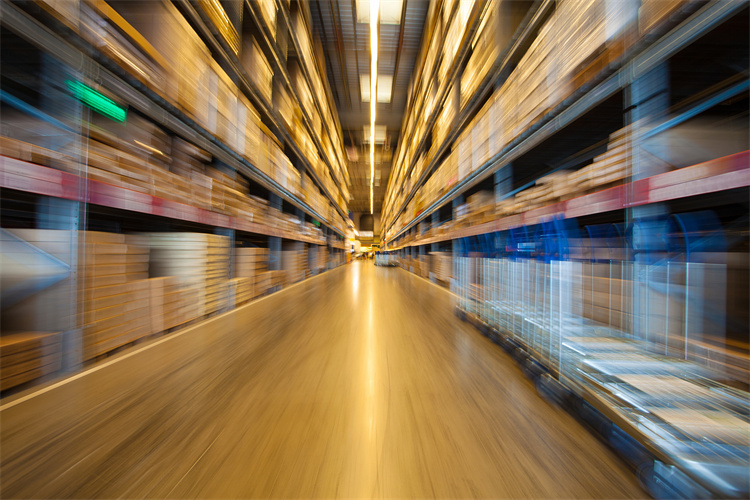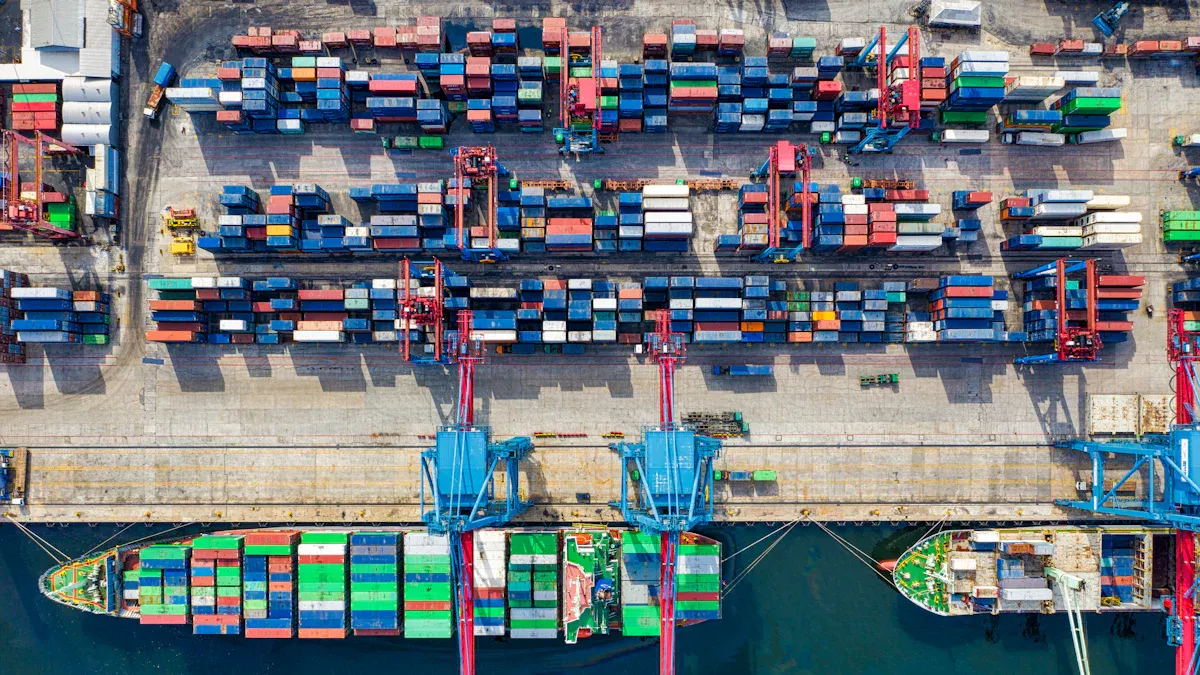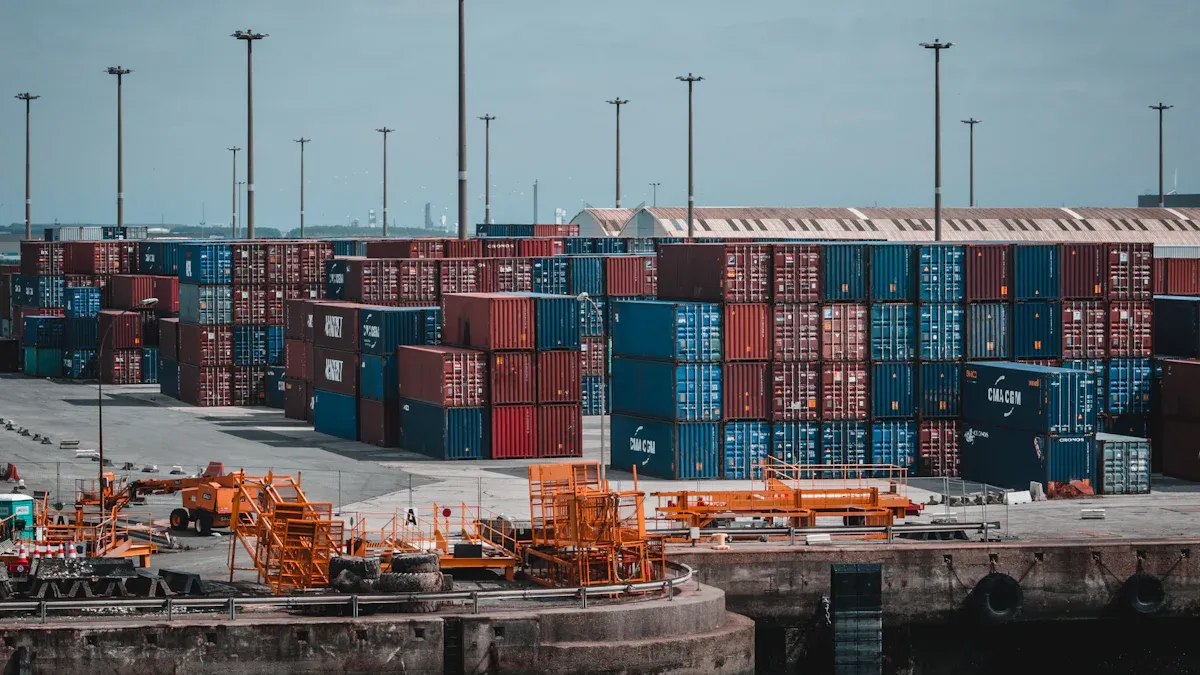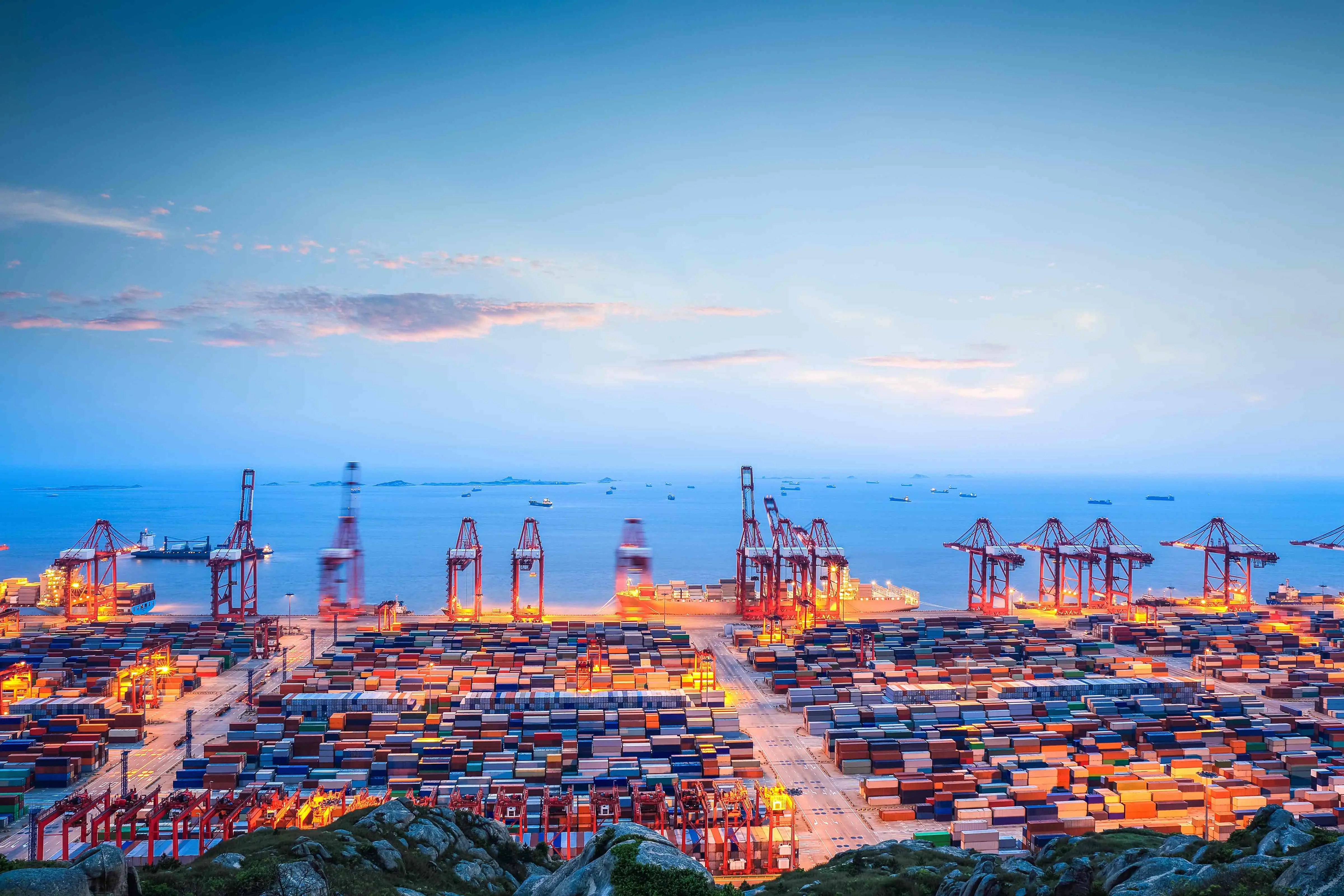How multimodal transport drives efficiency in global logistics

Multimodal transport is changing global logistics. It does this by using different ways to move goods in one plan. This method helps things work better. It also makes the supply chain stronger. Studies from the European Transport Research Review show this. Multimodal systems help cities use greener ways to move. They also help cities find better ways to handle goods.
Key Takeaways
Multimodal transport uses trucks, trains, ships, and planes together. This helps move goods faster. It also makes shipping cheaper and more reliable. Using many transport modes gives companies more choices. They can handle delays better and keep deliveries on time. Technology and green methods help in multimodal transport. They lower costs and cut down on pollution. They also make it easier to track the supply chain.
Multimodal Transport in Modern Logistics

What Is Multimodal Transportation?
Multimodal transportation uses more than one way to move goods. It combines road, rail, sea, and air in one plan. Each way of moving goods has its own benefit. Trucks can bring goods fast to nearby places. Ships carry lots of goods across the ocean. Trains move heavy things far away. Planes are used when something must get there quickly. Experts say multimodal transport links these ways together. Studies show using more than one way can save time and money. It also helps lower pollution. Multimodal networks help when there is bad weather or traffic.
Key Components and Modes
A good multimodal network has many important parts. These include:
Road transportation for the last part of delivery and flexible routes.
Rail transportation for moving lots of goods far away.
Maritime transportation for sending many goods around the world.
Air transportation for quick delivery of important or urgent things.
Pipelines for moving energy safely.
Planners think about cost, speed, safety, and if it works well. They use technology to watch shipments and keep track of time. Reports say using different ways together makes supply chains better and moves goods in the best way.
JUSDA’s Role in Multimodal Logistics
JUSDA is a top company in multimodal transport. The company gives logistics solutions that link road, rail, sea, and air. One example is the China-Europe Express Rail. It connects China and Europe with fast rail service. JUSDA’s networks help companies save money and deliver faster. They also help lower risks. JUSDA uses new technology and real-time tracking. This helps supply chains work well and stay strong. JUSDA’s way sets a new level for intermodal freight transport. It helps companies reach their goals in today’s busy logistics world.
Efficiency and Benefits of Multimodal Transportation

Cost and Speed Advantages
Multimodal transport helps companies spend less and deliver faster. By using rail, road, sea, and air together, businesses pick the best way for each shipment. This saves money because each part uses the most efficient mode. For example, trains move lots of goods far for less money than trucks or planes. Ships carry freight across oceans for a lower cost, while trucks finish deliveries quickly.
A study called "Min-cost route problems for multimodal sustainable logistics cooperation" found that using more than one mode cuts delivery costs and boosts efficiency. The study used real data from transport operators and showed that multimodal transport lowers vehicle costs and cargo handling times. Other research says that integrated transportation management systems, like TMS, help companies find fast routes, manage loads, and predict demand. These systems use real-time tracking to make quick choices and avoid delays. So, businesses get shorter delivery times and spend less.
Multimodal networks help companies balance cost, speed, and reliability. This means faster deliveries and better supply chain efficiency.
Flexibility and Resilience
Multimodal transportation gives companies more choices for moving goods. If one mode has a problem, like bad weather or a strike, shippers can use another mode. This flexibility keeps the supply chain working, even when things go wrong. For example, during the Red Sea Crisis, some companies used both air and sea to avoid delays. This ability to change helps global logistics stay strong.
Studies show that switching between ocean and air freight helps companies handle supply chain problems. Firms using multimodal transport can react fast to changes and keep working. Research also finds that planning for different routes in multimodal networks helps after disruptions. By getting ready for problems, companies make sure goods arrive, even if something happens.
Flexibility and resilience in multimodal transport help companies keep promises to customers and keep the supply chain working, no matter what.
Sustainability in Logistics
Sustainability is a big benefit of multimodal transportation. By moving freight from trucks to trains or ships, companies lower carbon emissions. Trains and ships use less fuel per ton than trucks or planes. Many logistics providers now use cleaner fuels, like LNG or electric vehicles, and use AI to plan routes and cut pollution.
A 2022 study in Hainan Province, China, shows that multimodal transport helps cut carbon emissions and supports green growth. Another report from the Guangdong-Hong Kong-Macao Greater Bay Area says that smart policies can lower emissions by picking the right transport modes. Companies like CMA CGM and DHL use green programs, cleaner fuels, and better planning to meet rules and improve their brand.
Aspect | Details |
|---|---|
Emissions Reduction | Using rail and sea lowers CO2 emissions per ton of freight |
Policy Implications | Smart strategies help cities and companies reach green goals |
Technology Impact | AI and data analytics help plan routes and use resources better |
Multimodal transport lets goods move smoothly and helps companies reach their green targets.
Technology and Real-Time Tracking
Technology is important for making multimodal transportation work well. Digital platforms, IoT devices, and AI tools give companies real-time updates on shipments. For example, JUSDA’s JusLink platform uses IoT and cloud computing to track goods at every step. This helps companies make better choices, avoid delays, and keep customers updated.
Many logistics leaders use real-time tracking to work better. IoT sensors, RFID tags, and GPS trackers show where freight is all the time. This tech also helps with inventory, lowers risks, and keeps things safe. Companies like Amazon, DHL, and UPS have improved a lot by using these tools. For example, Amazon cut order processing time by half with robots and tracking, and UPS saved miles each year with smart route planning.
Real-time tracking shows where inventory and shipments are.
Automation and AI help guess demand and manage inventory.
Data analytics help make quick choices and give better service.
Technology-driven multimodal transport makes supply chains work better, more reliably, and saves money.
JUSDA’s China-Europe Express Rail Example
JUSDA’s China-Europe Express Rail shows how multimodal transport helps businesses. This service links China and Europe by rail, offering a middle choice between sea and air freight. It delivers goods in 15-20 days, which is faster than sea shipping and cheaper than air. The service works for many products, like electronics, clothes, and medical supplies.
JUSDA’s team makes sure customs go smoothly and deliveries are on time. The company also offers sea-rail solutions, linking Japan, South Korea, and Taiwan to Europe. By using the China-Europe Express Rail, companies lower logistics costs, speed up delivery, and make supply chains work better.
A real example is Sharp, a global home appliance maker. After working with JUSDA, Sharp cut logistics costs by 20% and improved delivery times by 30%. The partnership also lowered labor costs by 70% and made inventory management better. These results show how multimodal transport and new technology can change supply chain performance.
JUSDA’s solutions set a new level for reliability and efficiency in global logistics, helping companies save money and become stronger.

JUSDA Solutions
To provide you with professional solutions and quotations.
Global logistics is getting better as more companies use multimodal strategies and new technology. Research shows that using connected transport networks makes things stronger and more efficient. Experts think the market will grow a lot because of digital tracking and a focus on being green. JUSDA’s skills help businesses deliver faster, save money, and keep their supply chains working well.
See Also
Comprehensive Insights Into Leading Global Logistics Providers
How Artificial Intelligence Is Transforming Future Supply Chains
Discovering Cutting-Edge Transport Innovations For Modern Supply Chains
Complete Handbook On Eco-Friendly Transport Solutions In Supply Chains
Exploring Groundbreaking Technologies Shaping The Future Of Logistics
